Safety quiz terms (copy)
1/36
Name | Mastery | Learn | Test | Matching | Spaced |
|---|
No study sessions yet.
37 Terms
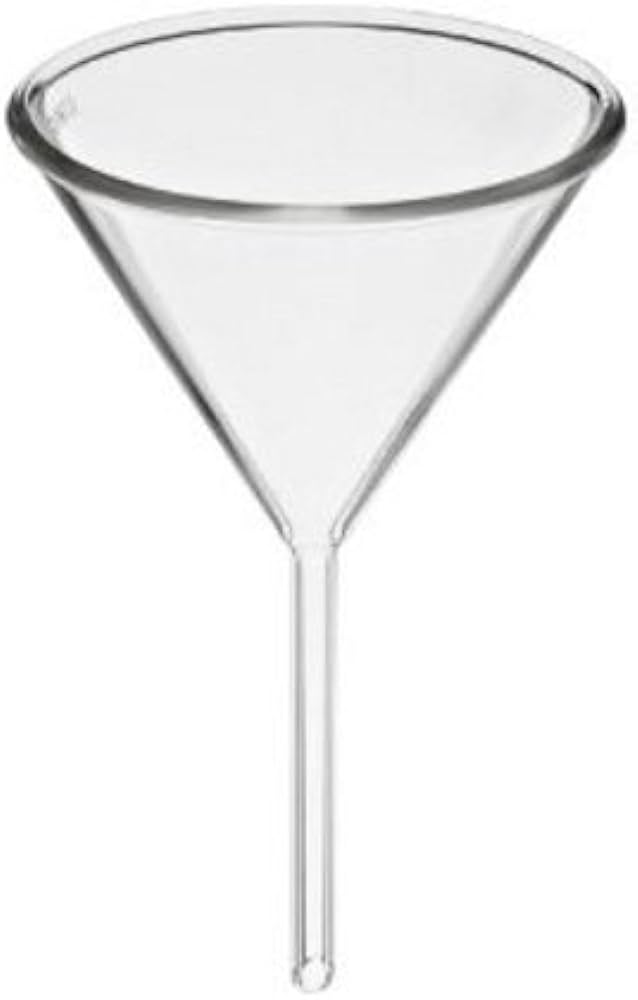
Funnel: used to pour liquid into containers or to hold filters
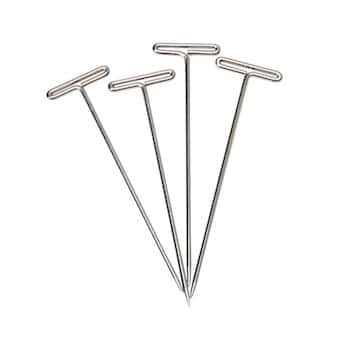
Dissecting pins: hold the skin back and improve visibility
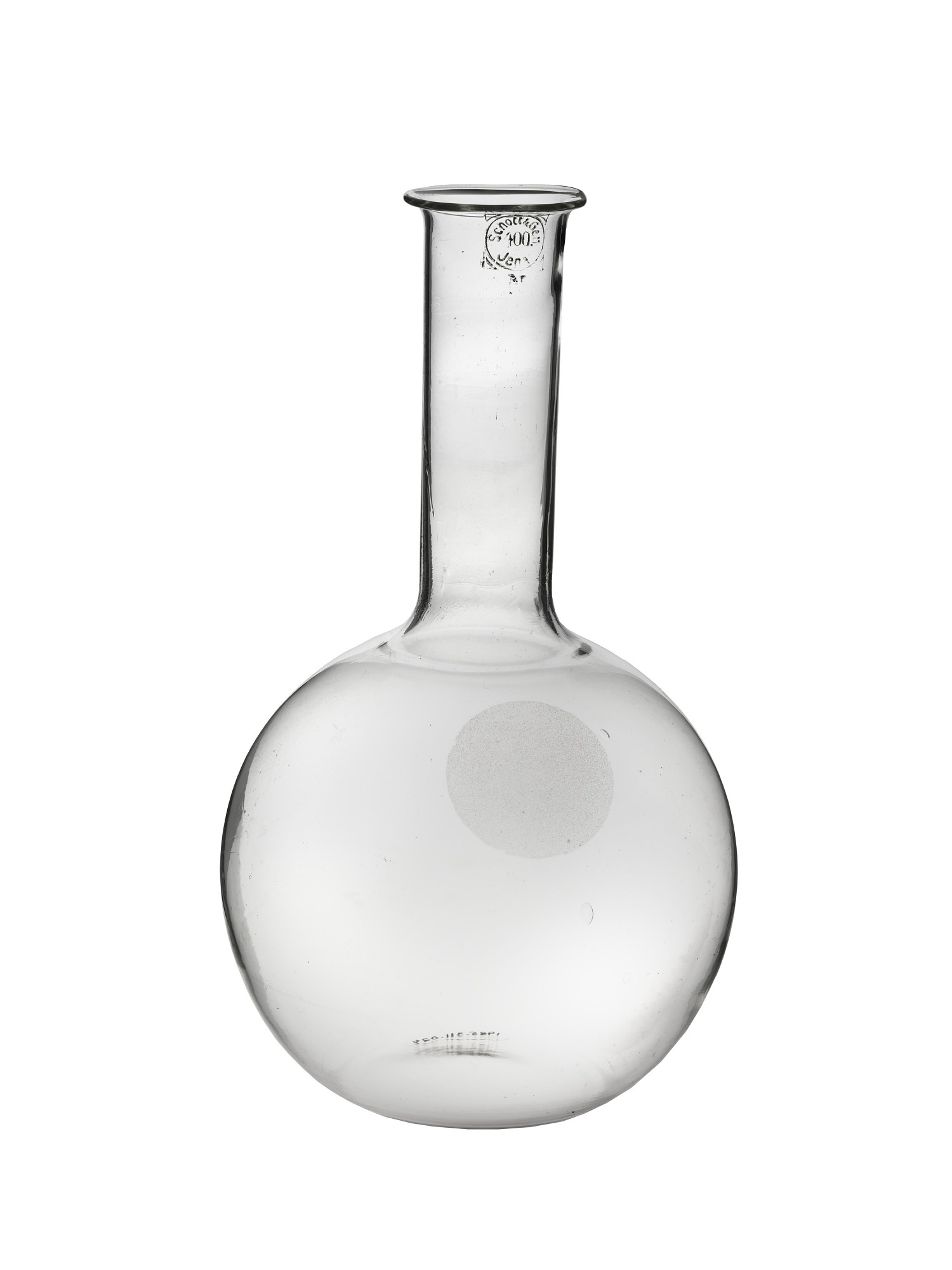
Florence flask: used to hold liquids and performing chemical reactions and it’s round shape helps in efficient stirring and even heating.
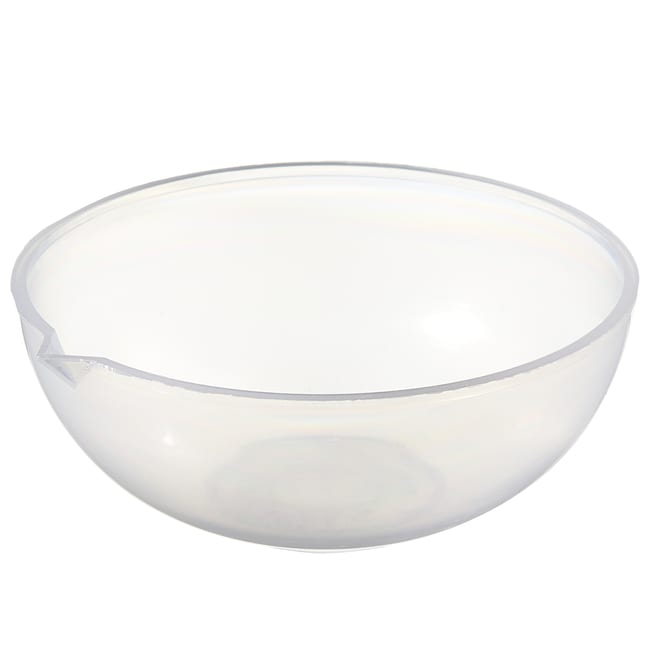
Evaporating dish: used to evaporate liquids
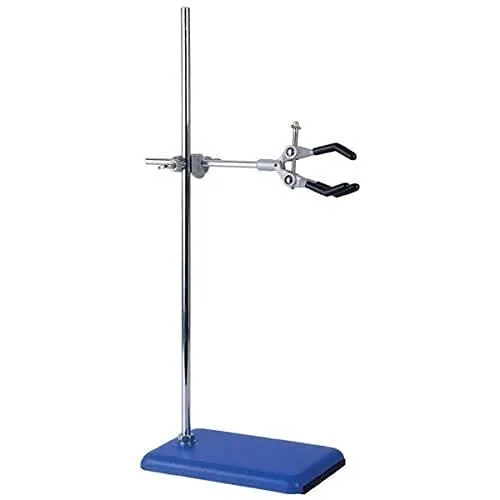
Ring stand: used to support a variety of lab equipment
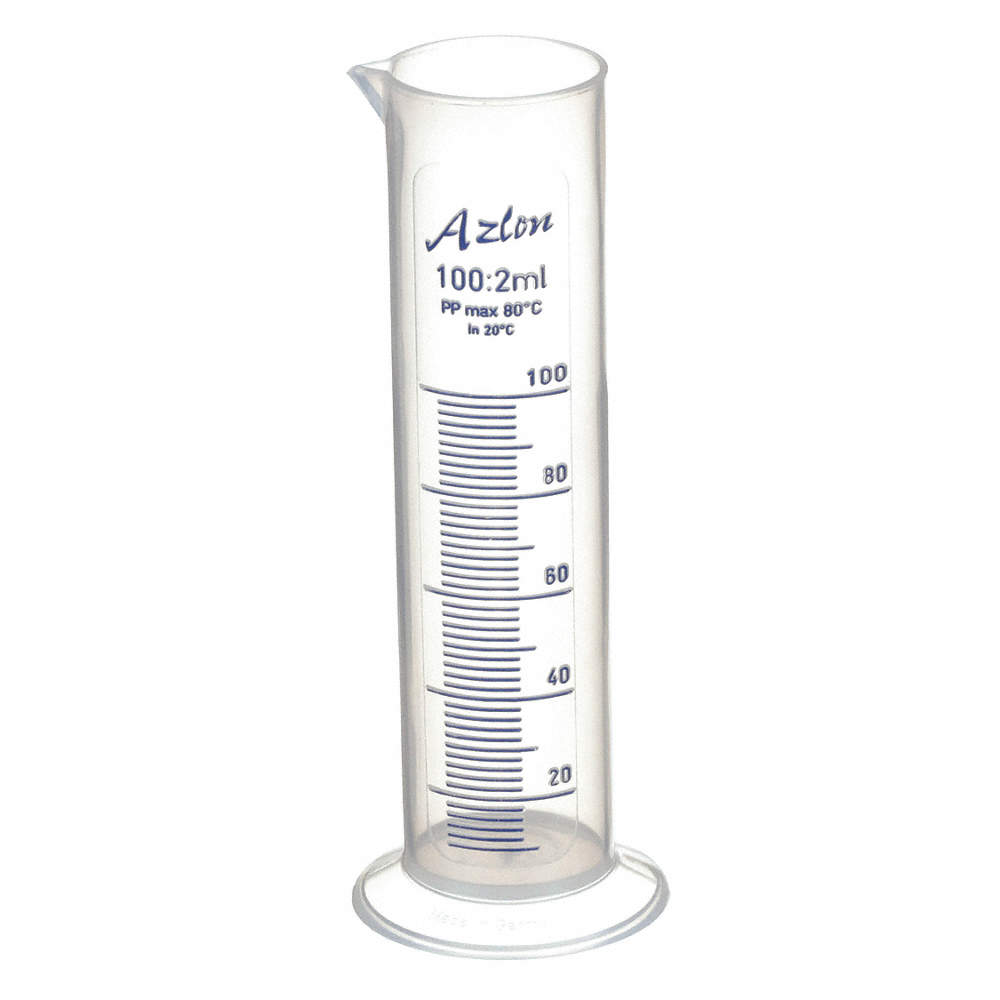
Graduated cylinder: used to measure volume precisley
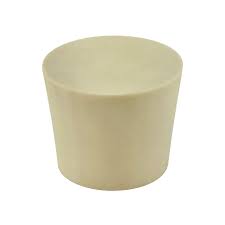
Stopper: prevents air from going in for gases and liquids.
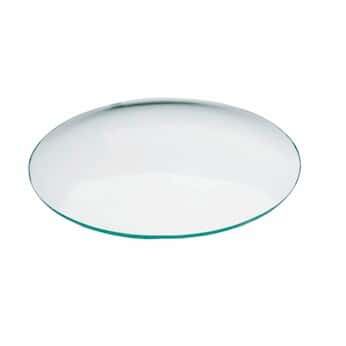
Watch glass: used to cover beakers and hold small amounts of substances.
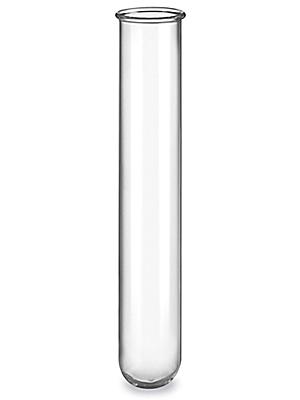
Test tube: used to view chemical reactions or to heat small amount of substances
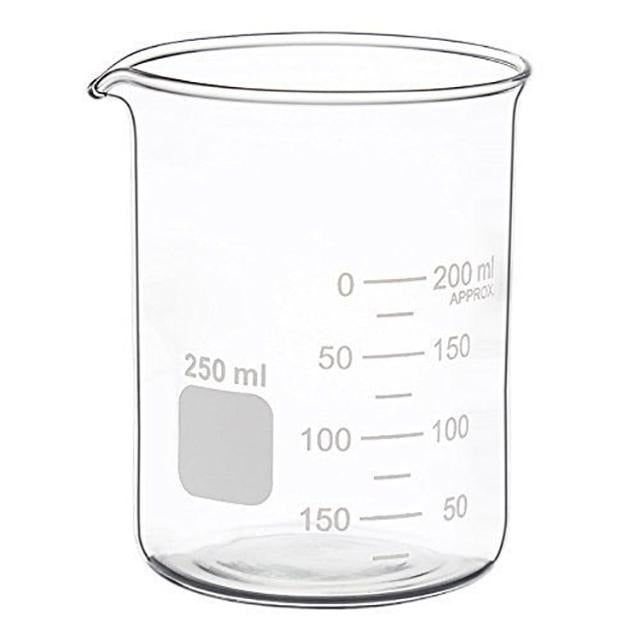
Beaker: used to transport, heat or store substances
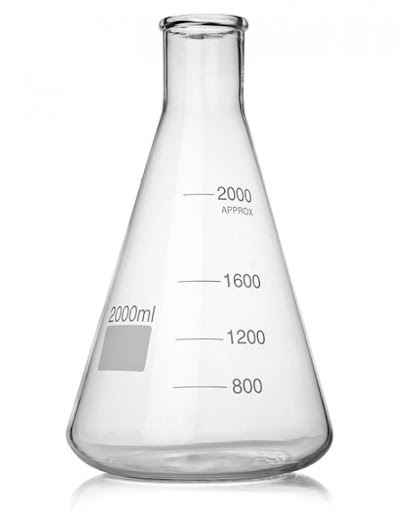
Erlenmeyer flask: narrow mouthed container used to transport, heat or store substances often used when a stopper is required
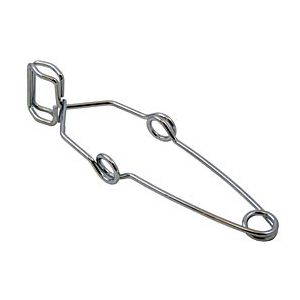
Test tube clamp
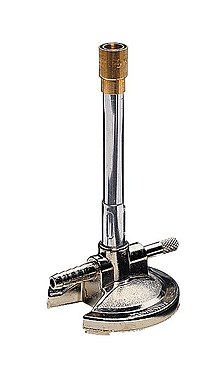
Bunsen Burner: used to heat objects
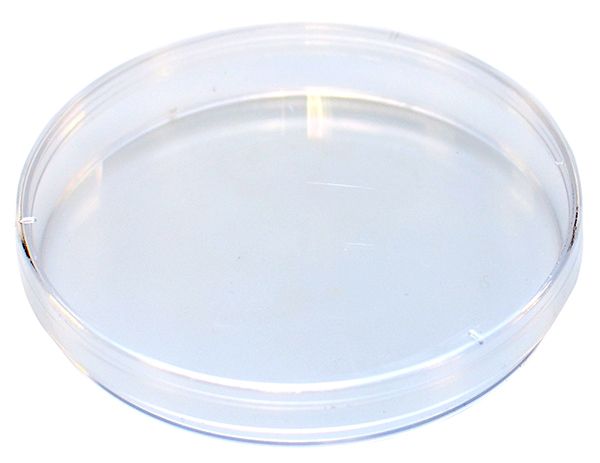
Petri dish: to observe microorganisms
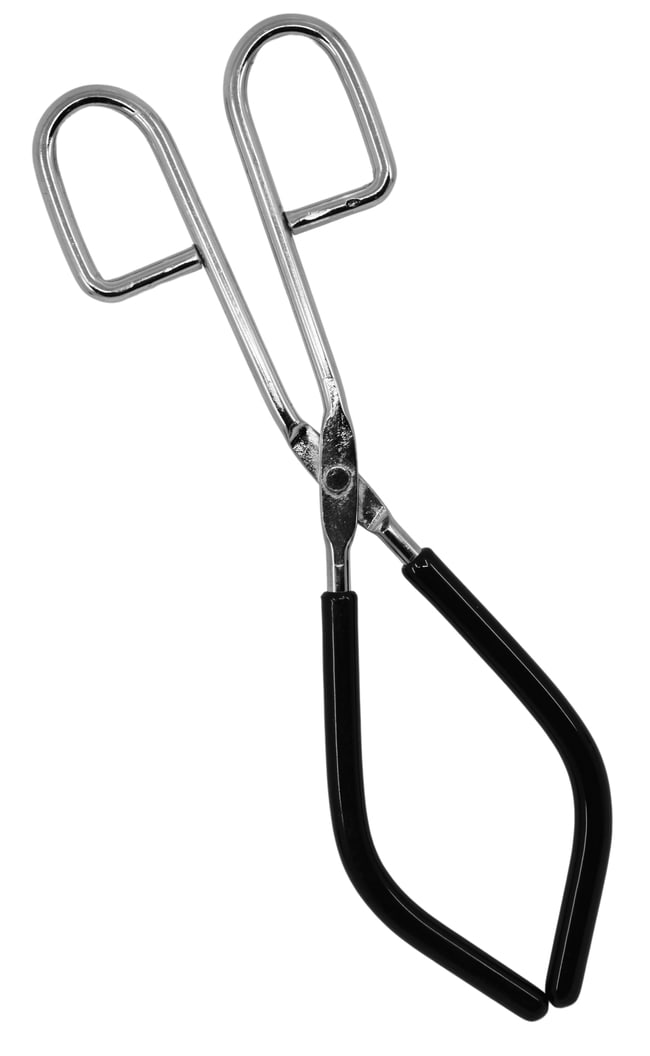
Beaker tongs
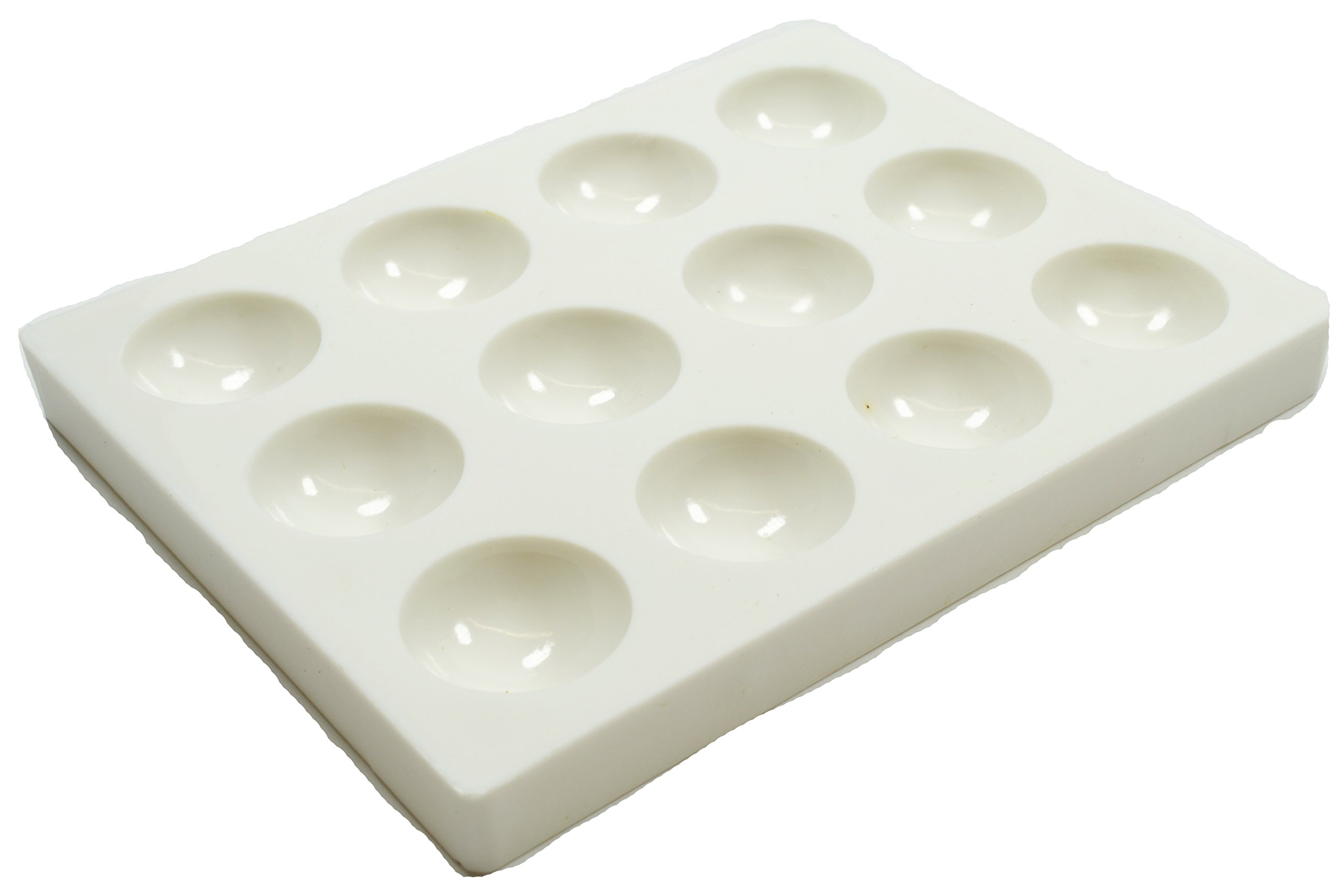
Spot plate: used for small scale reactions and to observe color changes
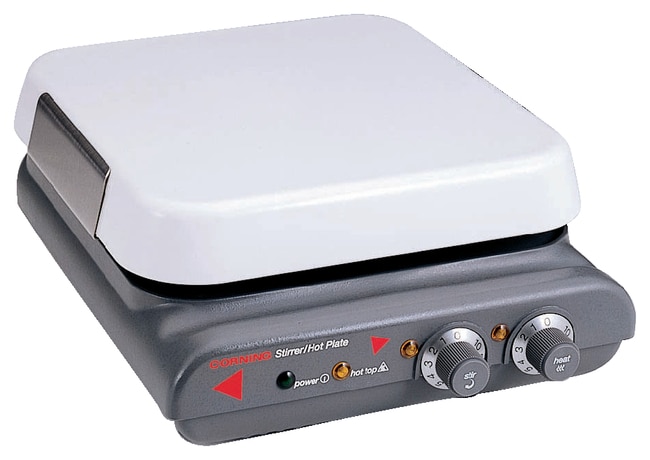
Hot plate: used to heat substances
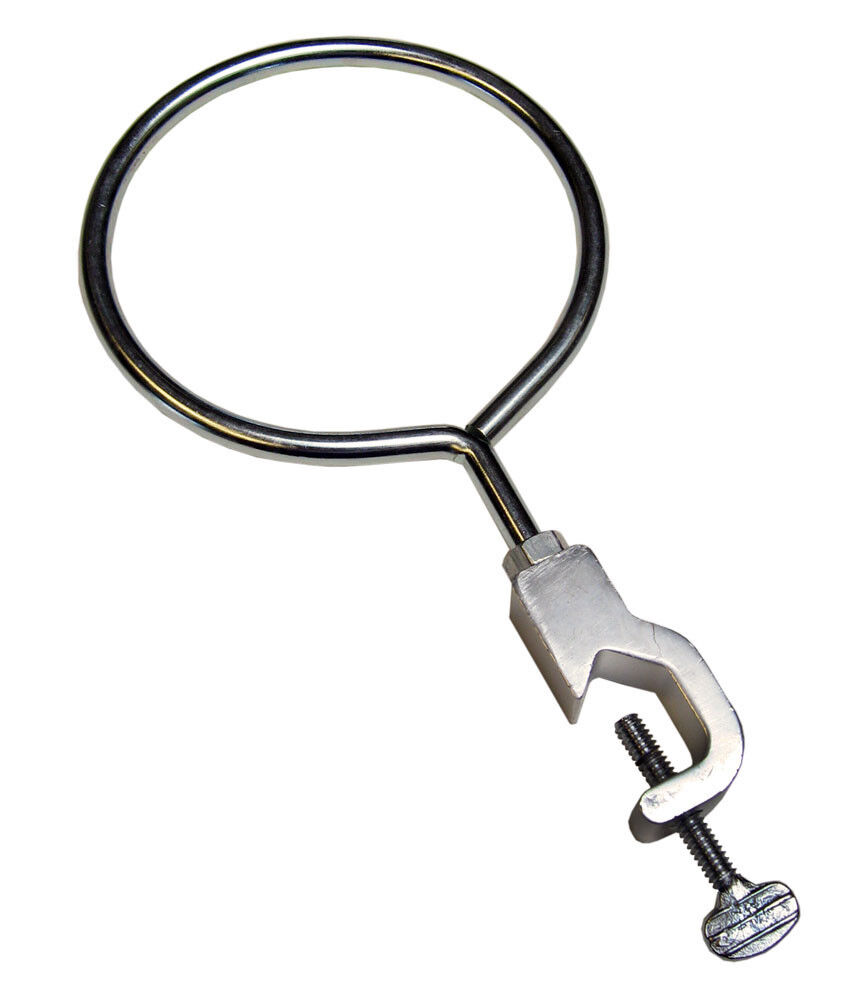
Ring clamp: attaches to a lab stand and used to hold lab equipment
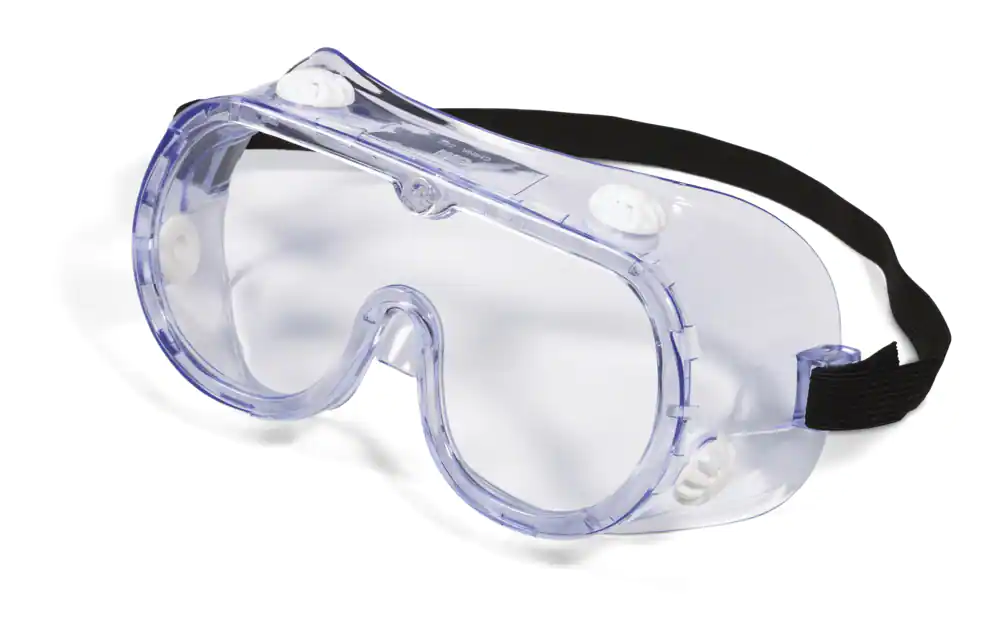
safety goggles : protects the eye from flying objects or chemicals
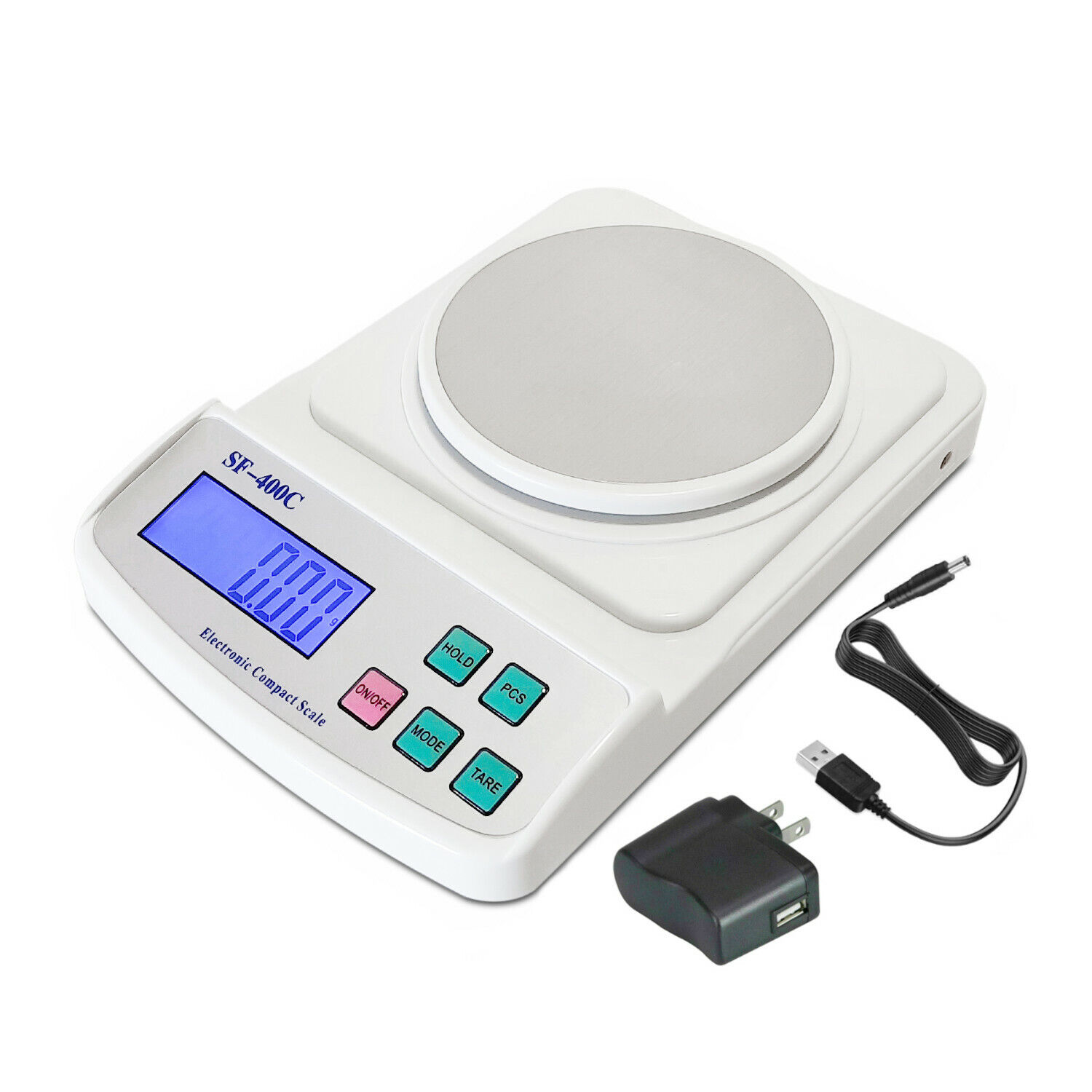
scale: used to measure mass of an object/substance
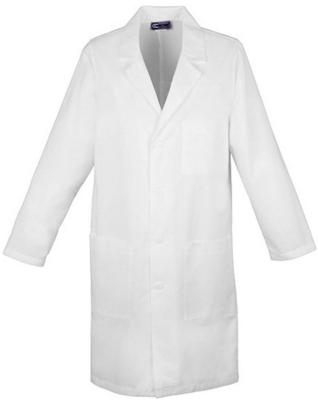
lab coat: protects the scientists clothes from hazardous or hot chemicals
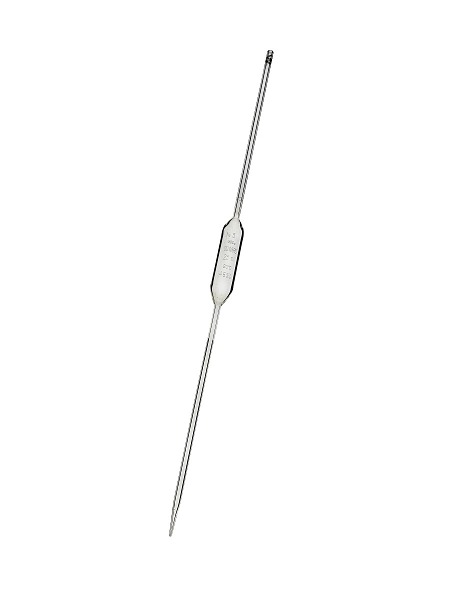
Pipette: used to dispense a very small amount of liquid
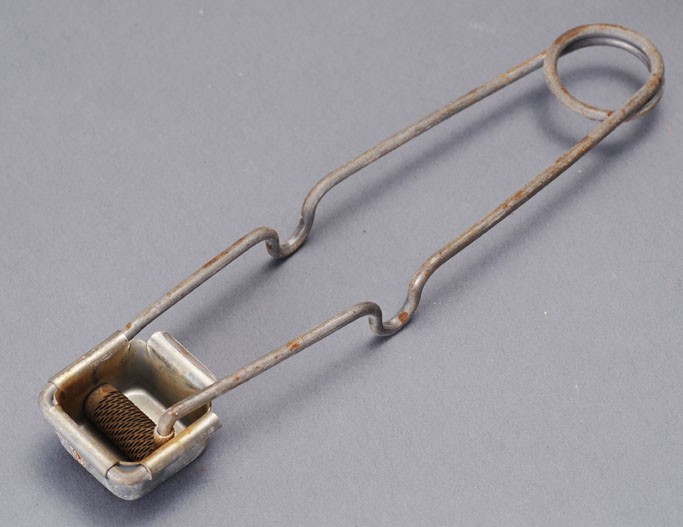
flint/striker: starts the bunsen burner
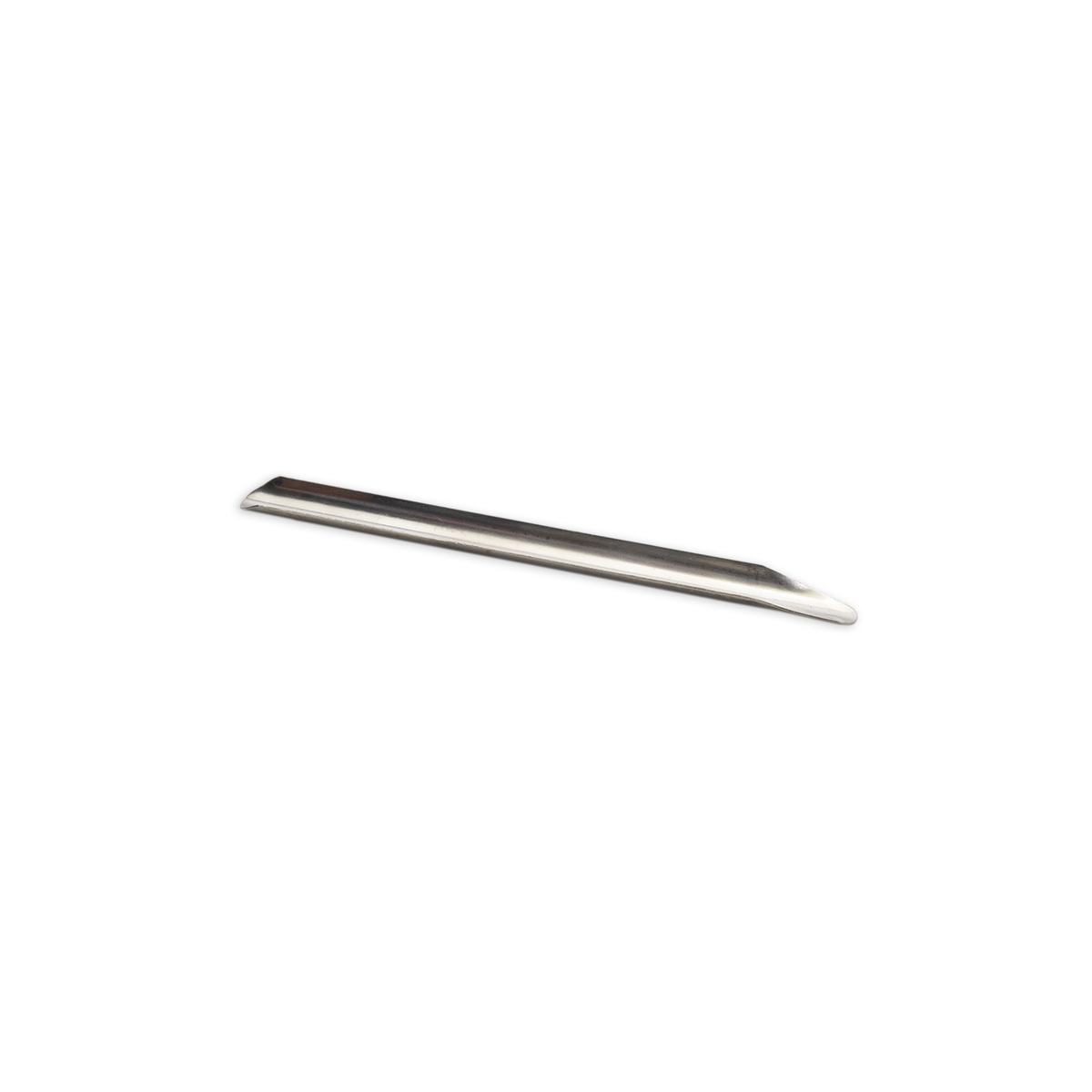
scoopula: used to transfer small amount of solid chemicals
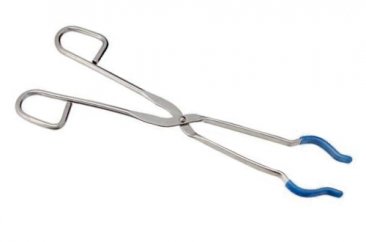
flask tongs:
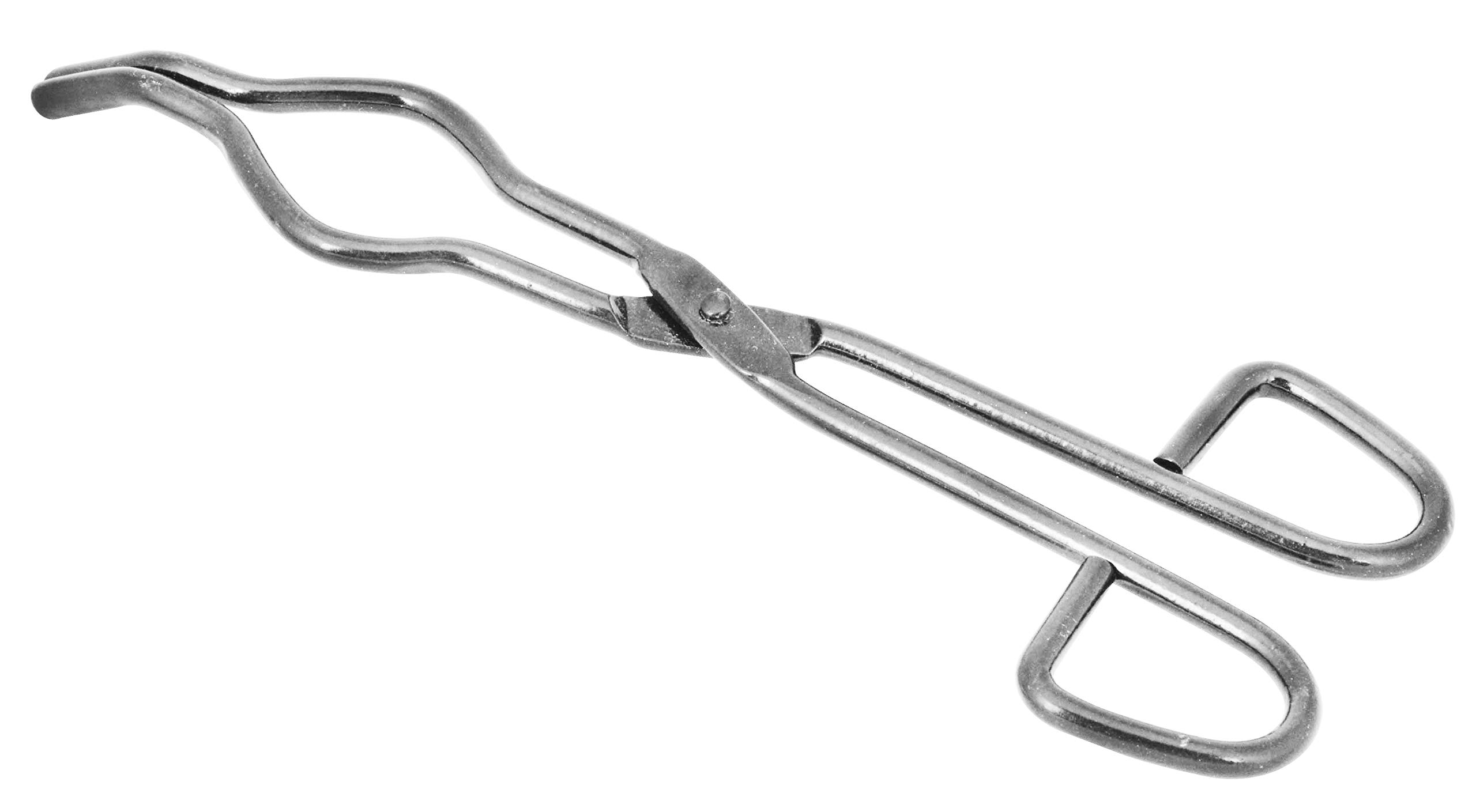
crucible tongs
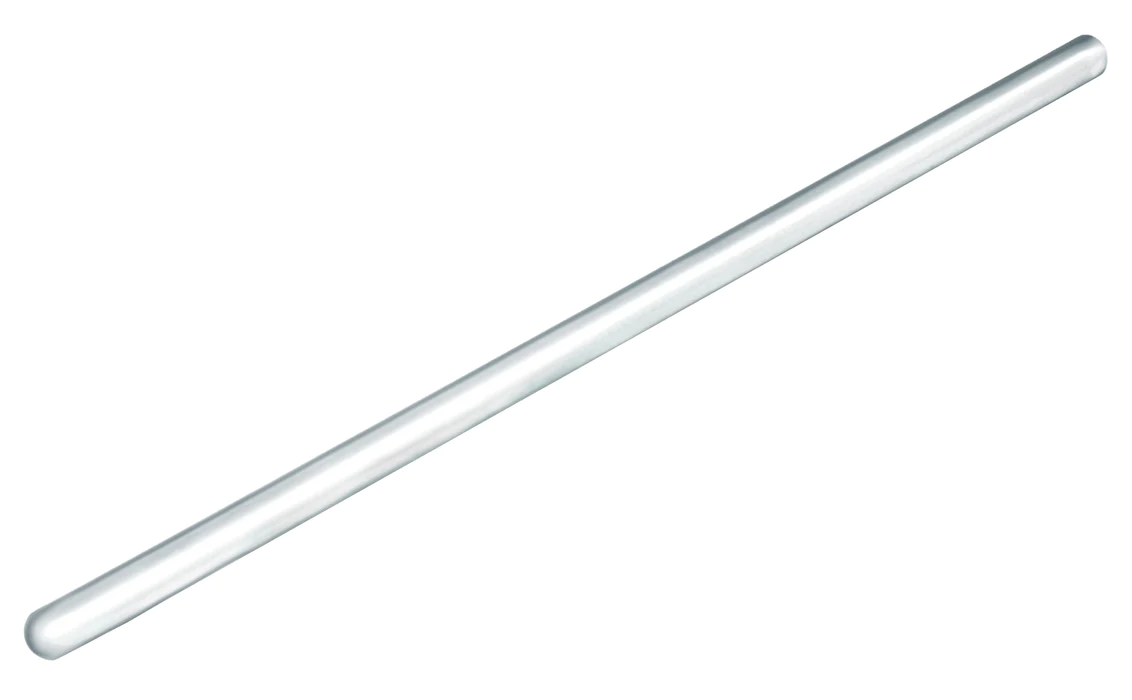
stirring rod: used for mixing
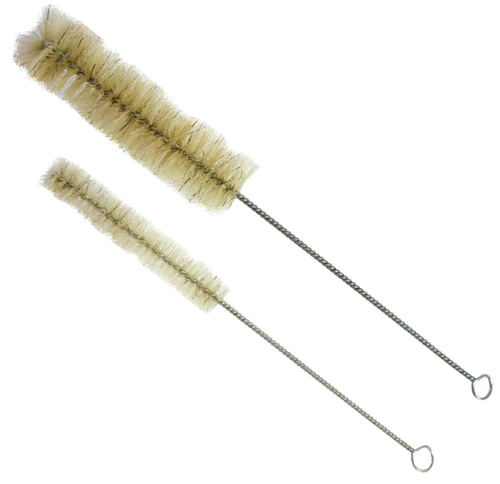
test tube brush: used to clean test tubes
tweezers: precision tools used to handle small samples and delicate tasks in the lab.
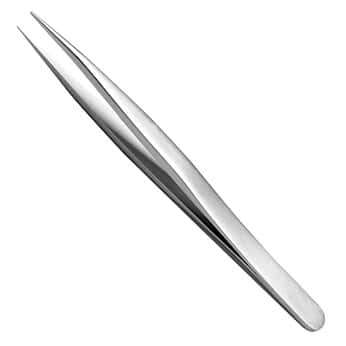
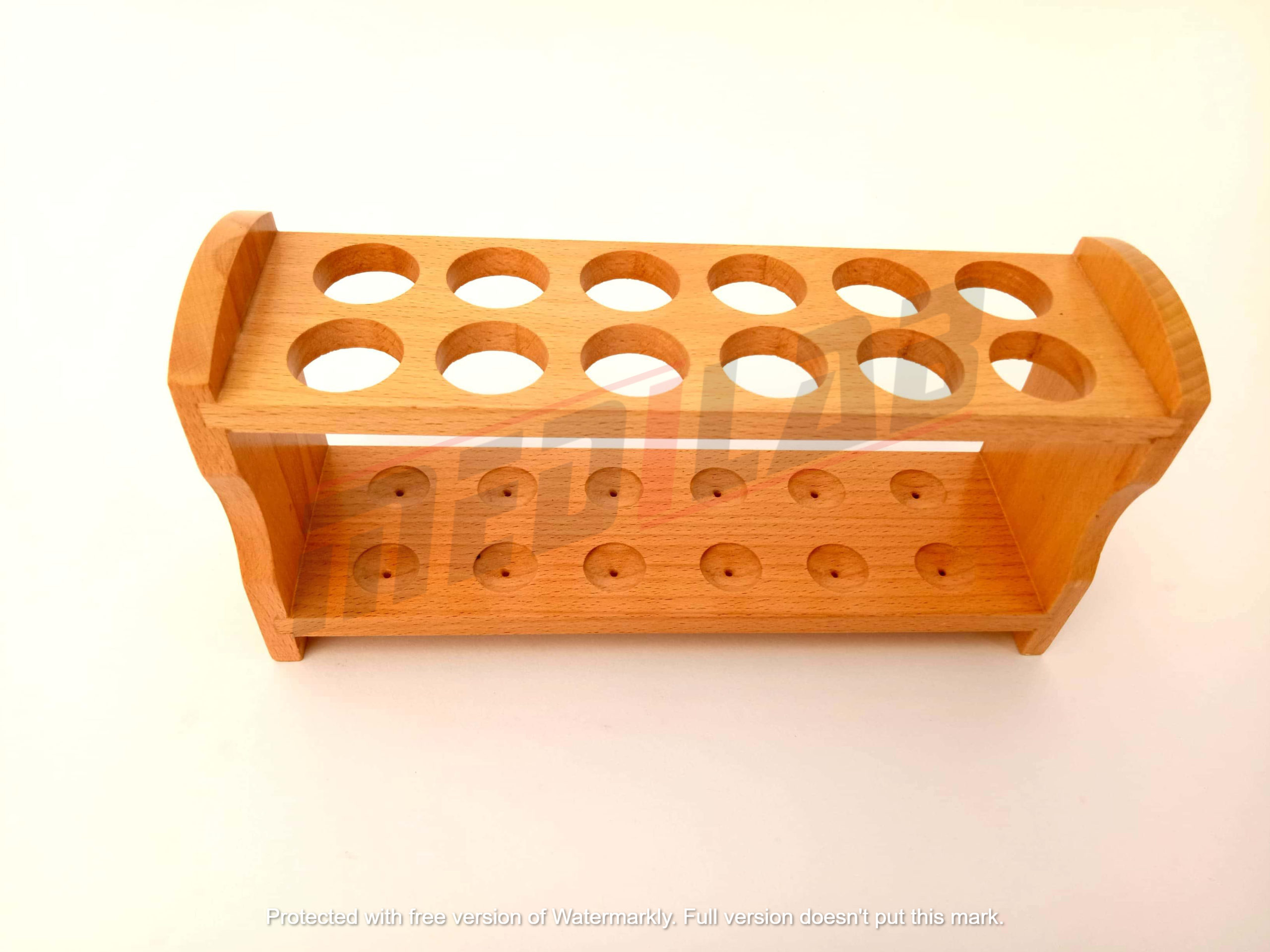
test tube rack used to hold and organize test tubes
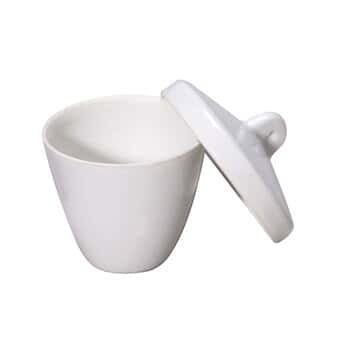
crucible and cover: used for heating, melting and evaporating substances at high temperatures
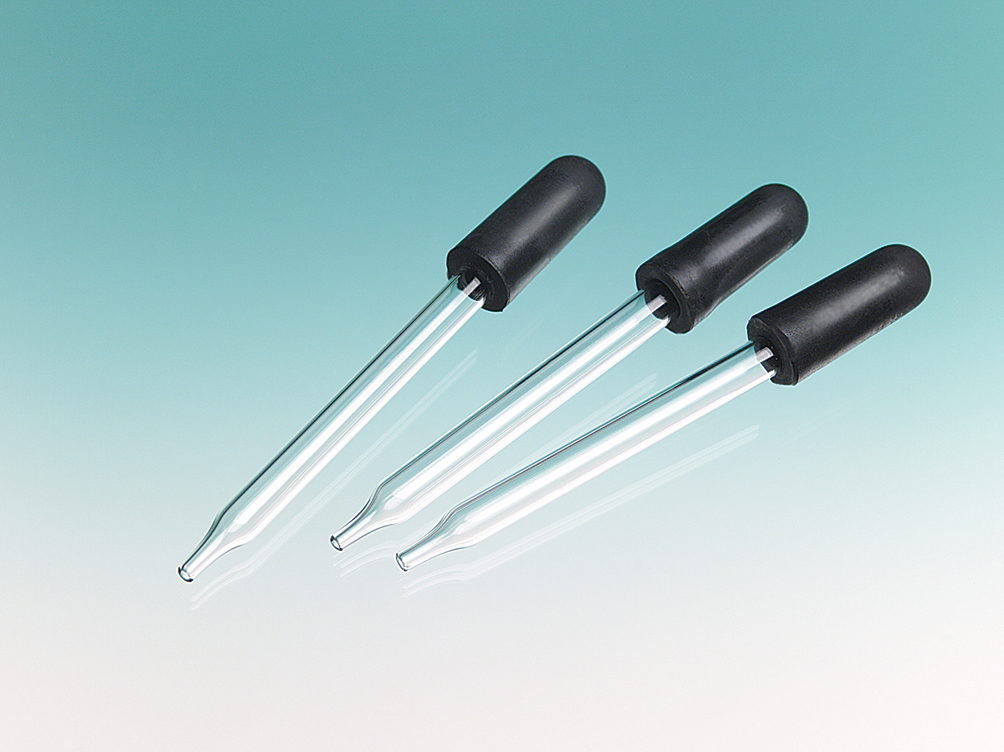
medicine dropper: helps measure and add small amounts of liquid precisely
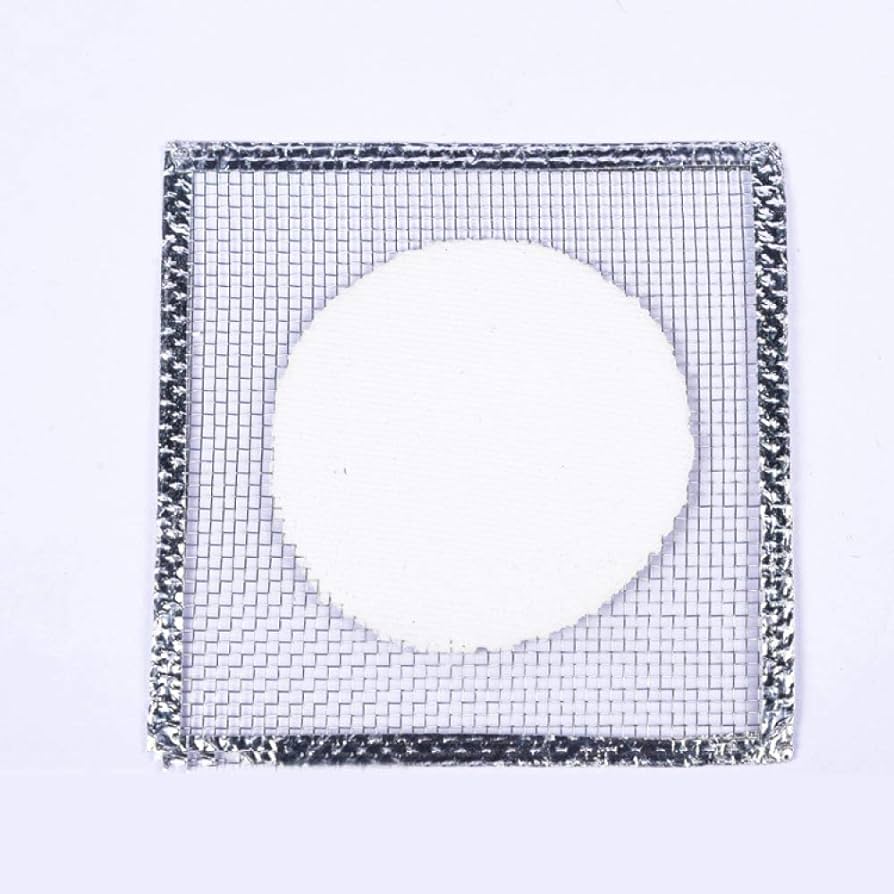
wire gauze: provides support and allows even heating
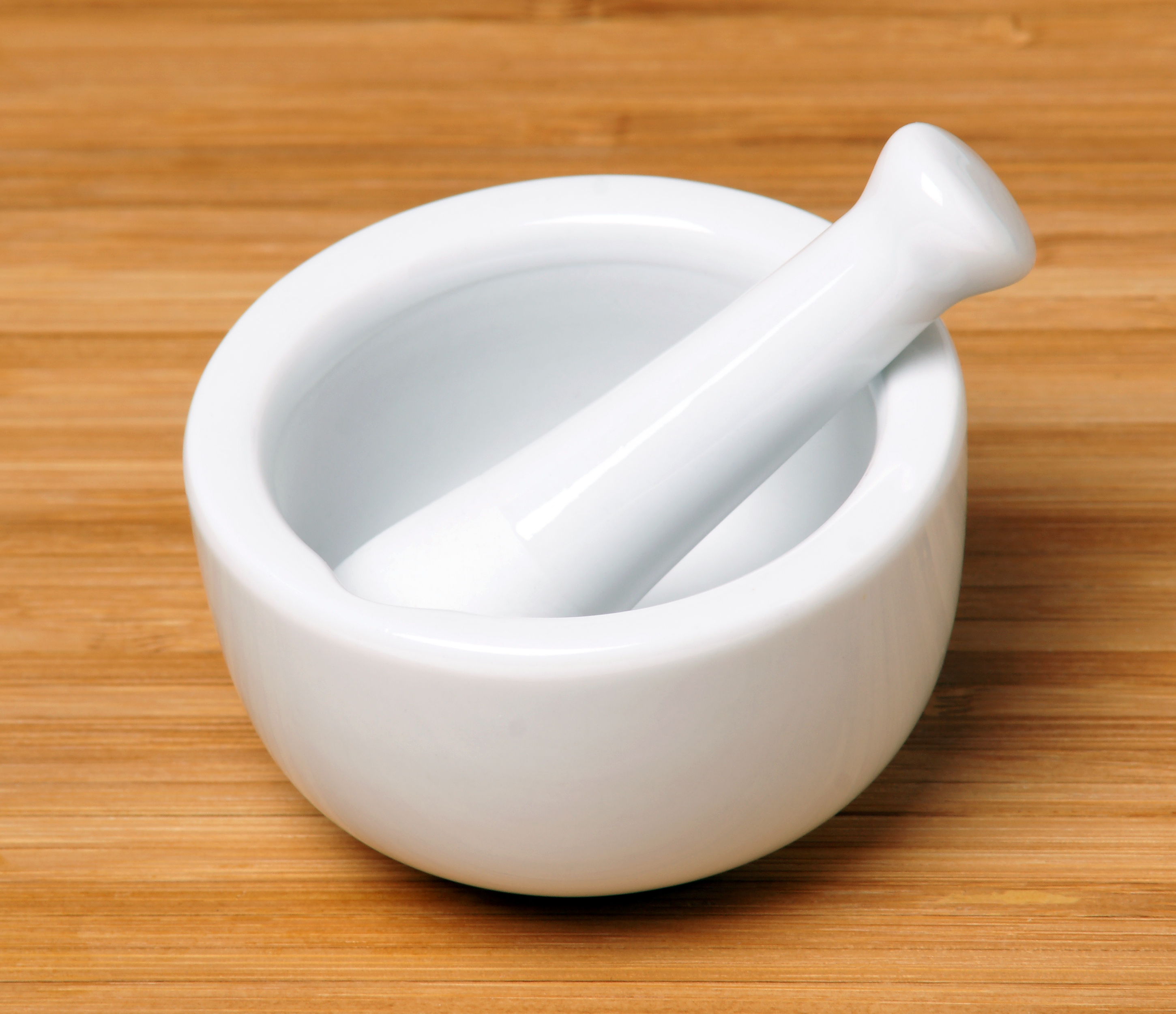
mortar pestle: used to grind, crush and mix substances into powders or paste.
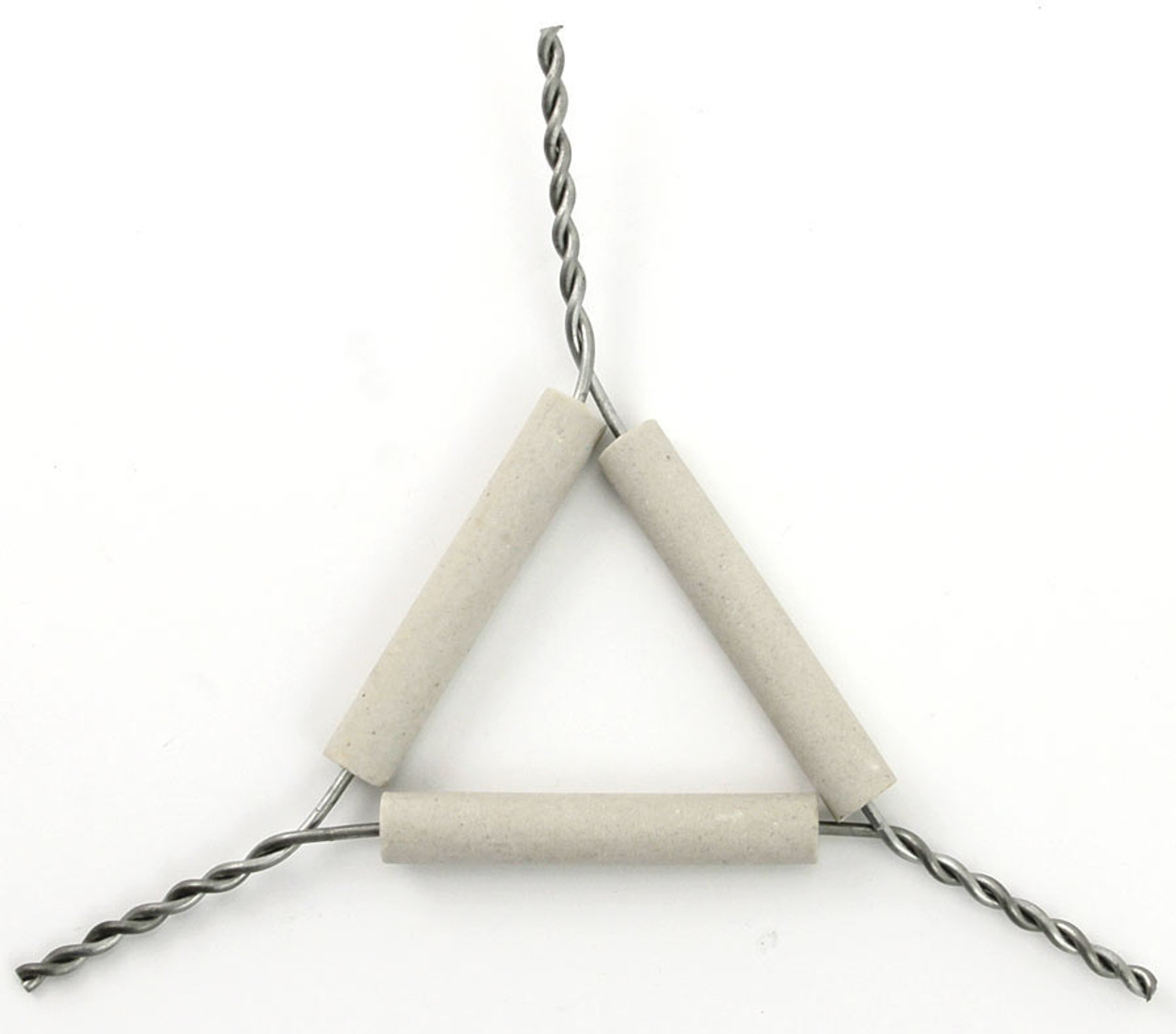
clay triangle: hold and evenly distributes heat during experiments
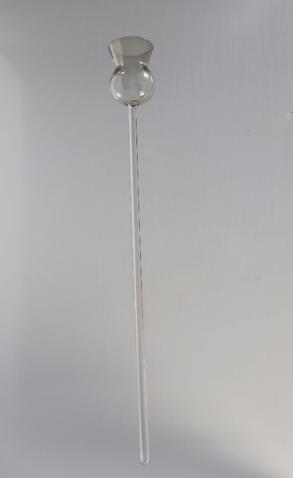
thistle tube: helps pour liquids precisely
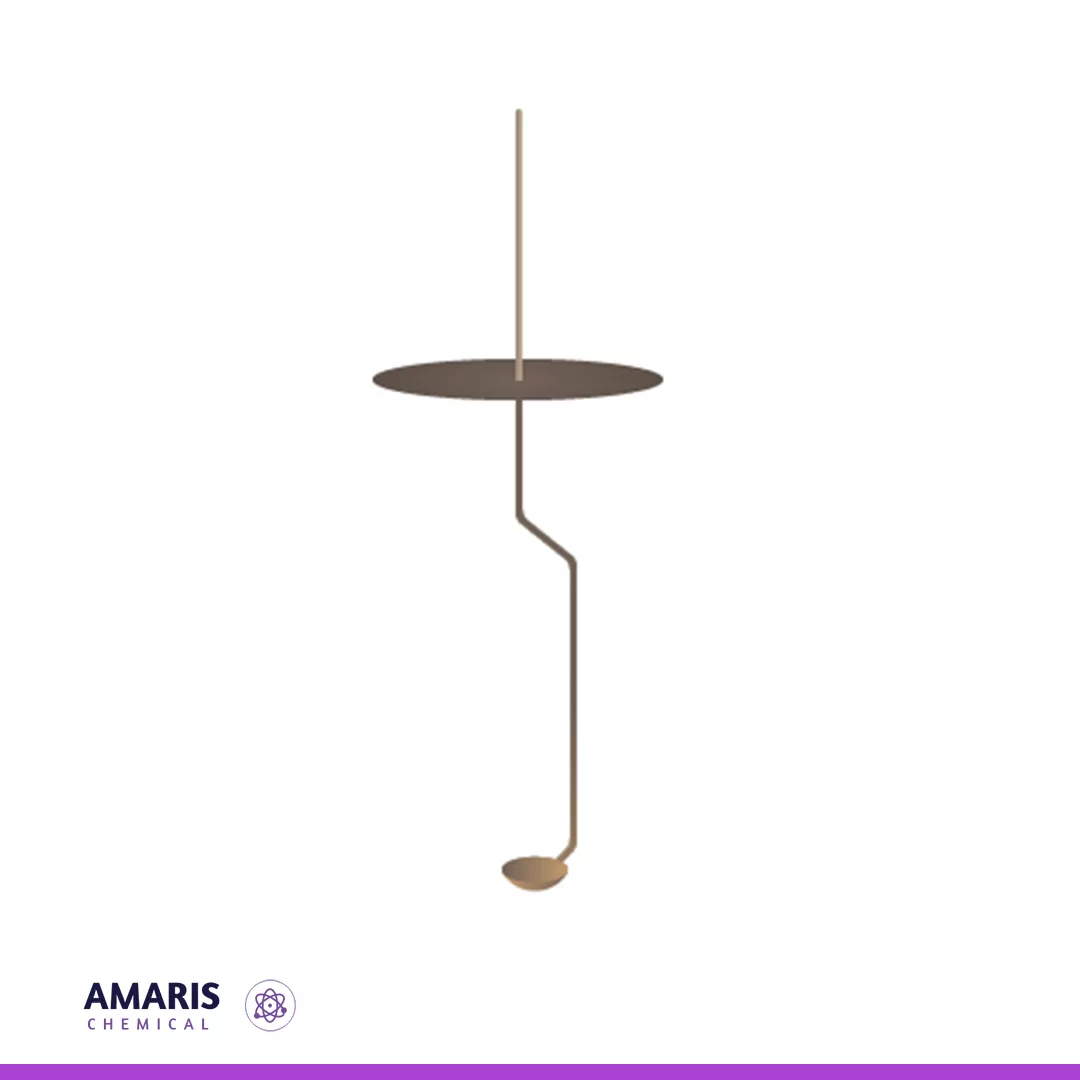
deflagrating spoon